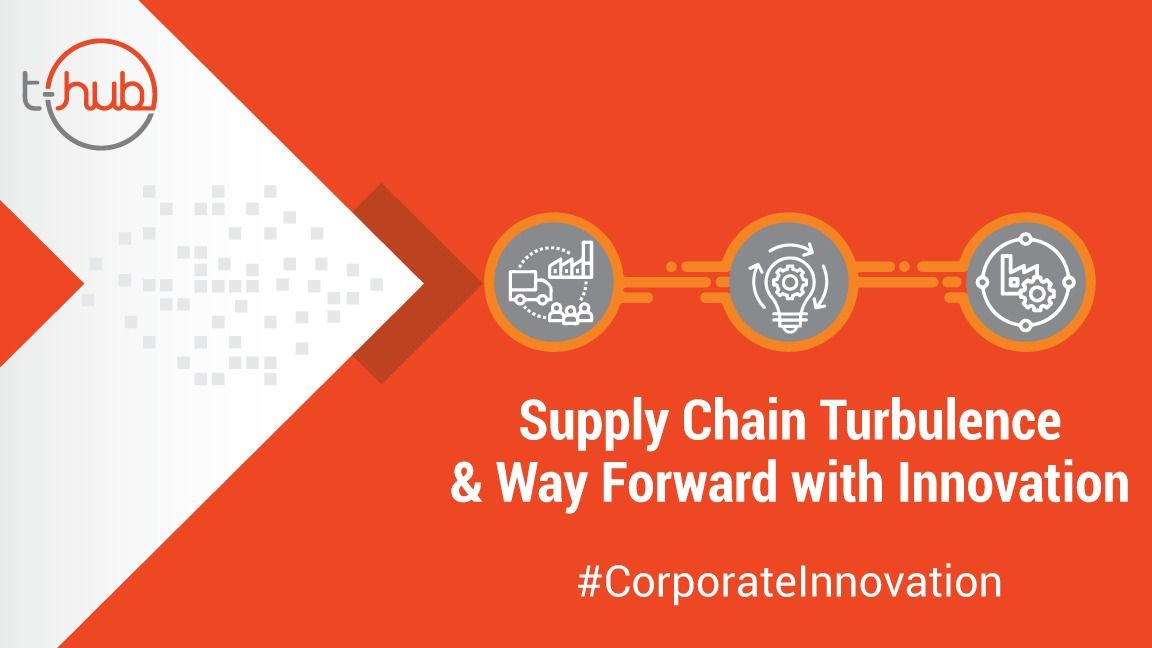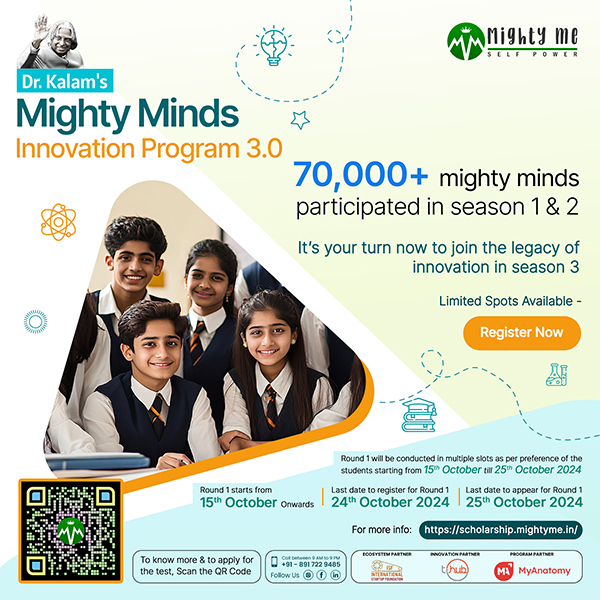Excerpts from T-Hub’s Corporate Innovation Round Table 3rd Edition
Supply chain is already getting disrupted and Covid-19 accelerated this disruption.
Supply chain management essentially attempts to streamline the tasks that comprise the ‘supply chain process’ — which is a network of activities and resources involved in moving raw material, components and finished products from Original suppliers (OEMs) to end-users. Companies recently started viewing SCM beyond just cost-cutting to now a value addition and now post COVID are fundamentally re-examining the supply chain reliability and its risk exposure. The idea of this blog is to bring out some of the great insights shared during the recent Corporate Innovation roundtable anchored by T-Hub.
Current Scenario
- Supply chain and its downward movement — 938/1000 of fortune 1000 companies have tier 1 or 2 suppliers in China — this shows the global overreliance of sourcing material from Asian markets, this pandemic affected China severely but steadily gearing up to restore operations.
- The full impact of halted production isn’t even evident yet, the fact that most industries are running on stored Inventory (Supply chain Connoisseurs would be aware of its true repercussions).
- Industry-wise inventory stocking trends -We can see the semiconductor industry is second to the pharmaceutical industry when it comes to the stocking of inventory with and at the opposite spectrum we see — automobile manufacturers as an industry operate on minimal inventory and the assembly line model and thus when their reserves of procured inventory run out the true gravity of the shortages will be felt.
- Redesigning of Networks actively in play and has been a common conversation across the sector for both Hyperlocal and global models. Shifting to a power stocking location-based network instead of an earlier model of having a 2-day sourcing cycle from a master warehouse. Deployment of this model will soon occur as the boardrooms of the big corporates are in concurrence.
5 key reasons for the current fragile state of Supply chains
- Reduced inventory levels (JIT manufacturing-increase efficiency and cost reduction)
- Rigid supply chains (unable to identify and connect with alternative suppliers)
- Manual supply chain management (Shifting suppliers long and complex process)
- Lack of supply chain transparency (Businesses unaware beyond 1st tier)
- Consolidated centres of production (Cause serious ramifications during disruptions)
Risks and challenges associated with the disruption
- There is a massive drop in shipments and has impacted in terms of fulfilment
- Huge drop in demand and supply side of the supply chain
- Automotive and Assembly industry is facing burnt due dependency on China-based ancillary and suppliers and OEM
Rethink global supply chains
- Industries like healthcare and retail have shot up over the last few months. After the initial supply shock which came in because of too high demand, now it is slowly moving towards forecastable trends. On the other hand, heavy manufacturing industries are at a huge hit due to decrease in demand.
- It is now becoming crucial for companies to have the real-time capability to know the end to end supply chain process and clubbing it with forecasts, predictions and network planning has become very crucial — Prediction based on delivery times, consumer demand, where to open up stores is where AI/ML is playing a crucial role.
- All industries including retail and healthcare are trying to become more efficient, transparent, and trying to adopt AI/ML to see how technology can help them rise in the current crisis.
- Lot of AI/ML awareness and use cases that can be powered from Machine Learning
Future of SCM
- The logistics and supply chain aspect, dependency on local markets will reduce, and focus on export strategy will increase. Smaller companies in India nearly 70–80% of the produce are exported, only around 20% is consumed domestically. Therefore companies are trying to strategize their locations closer to ports in order to minimize disruptions in logistics.
- Autonomous vehicle delivery adoption, the delivery through drones, robots and self-driving vehicles will be adopted quickly and regulation will be eased bring in these innovations quickly
- Lot of companies in the same field will be collaborator and competitor of the supply chain to shorten the response time
- In the area of pharmaceutical, 3-D printing, digital medicine, and pharma food will see more awareness, which will bring more digitalization.
- A lot of AI/ML awareness and use cases that can be powered from Machine Learning
- In the retail industry, use cases around frictionless digital payments, footfall management, automation fulfilment, inventory visibility etc will gain prominence
- Case around blockchain will be increased to enhance traceability, increase speed, more synchronization with AI and Ml. Along with image processing and predictive analysis
— Vineet Choudhary, Analyst, Corporate Innovation, T-Hub
We power Corporate Innovation through high-impact partnerships and transform your business models for the better. Read more here.






